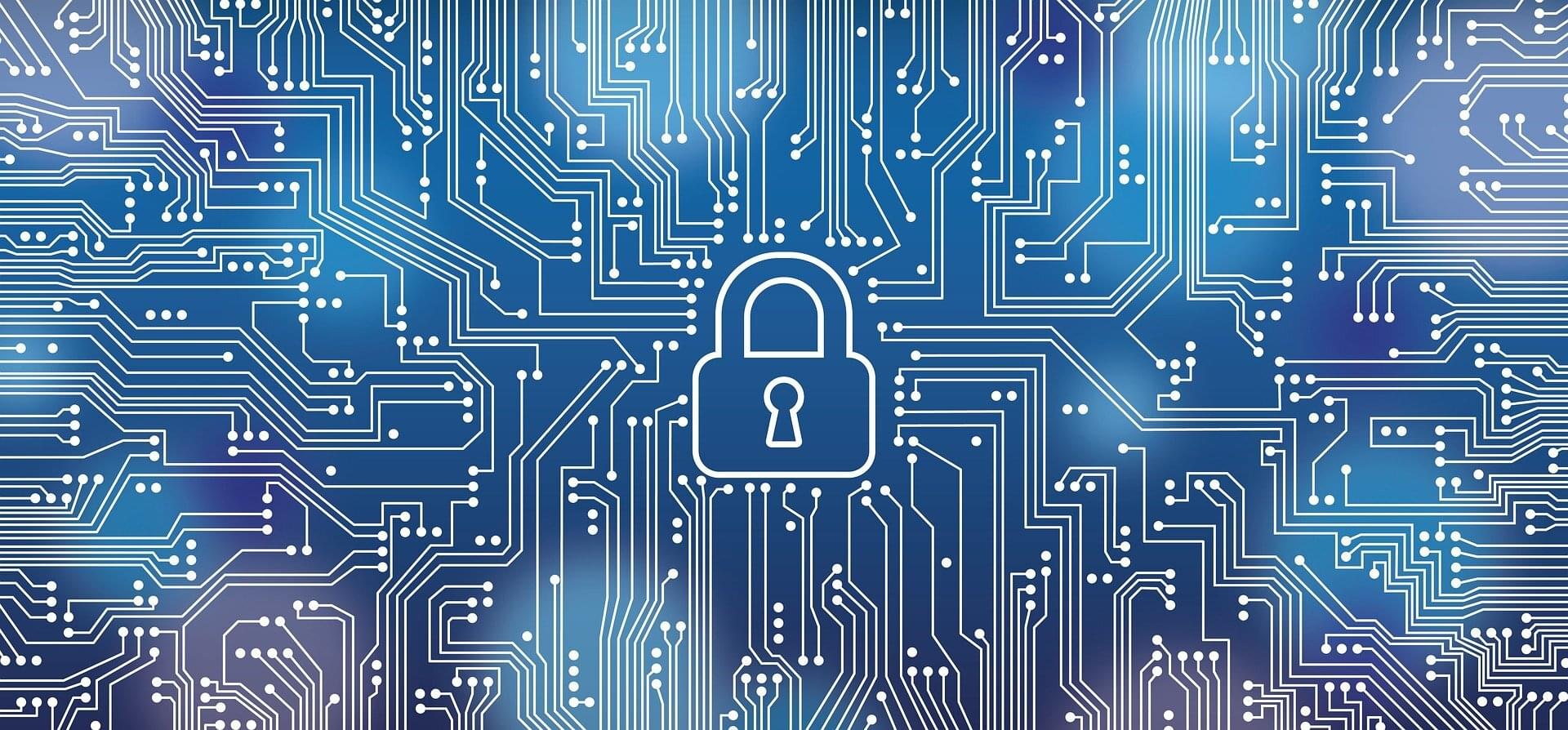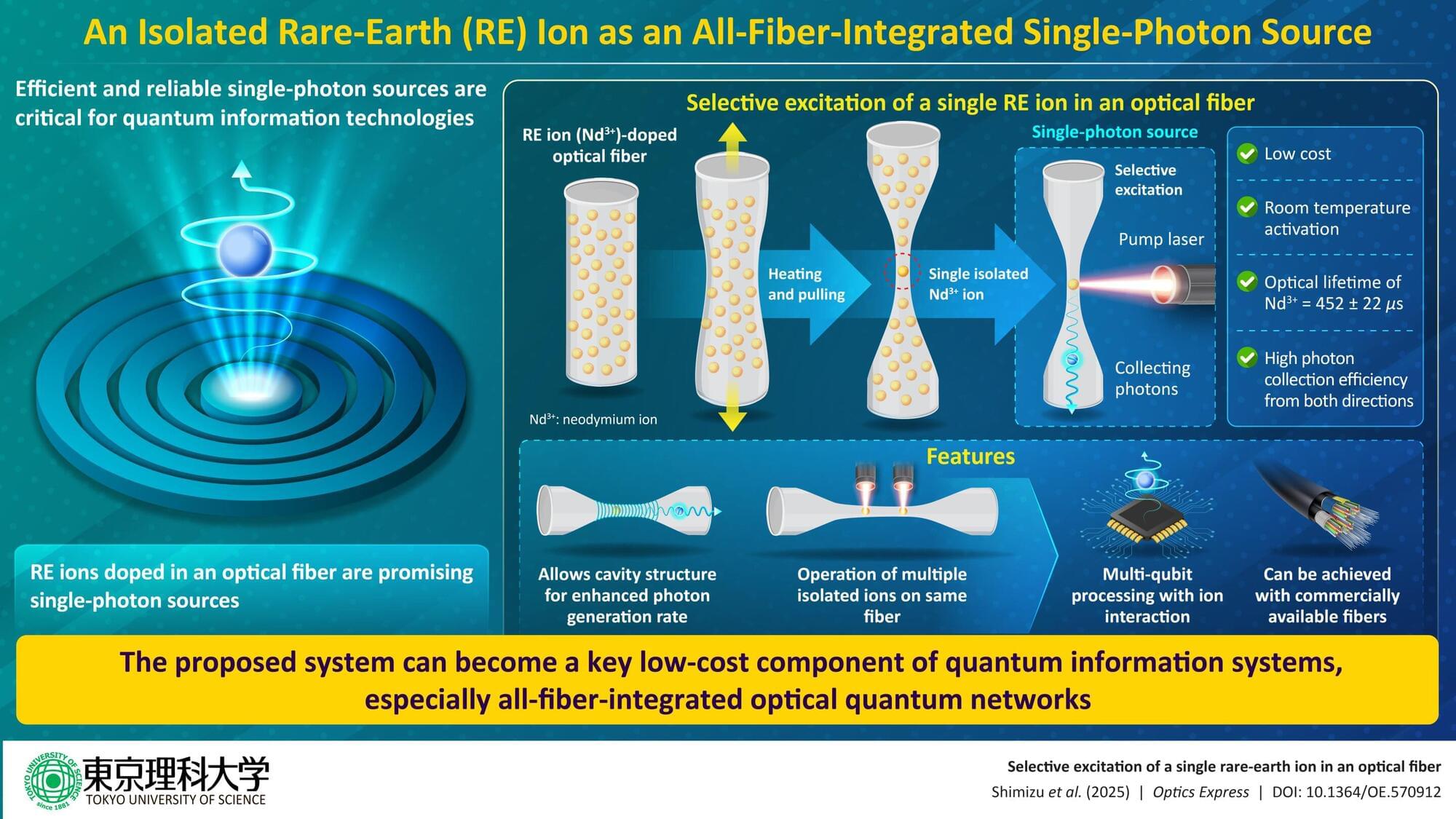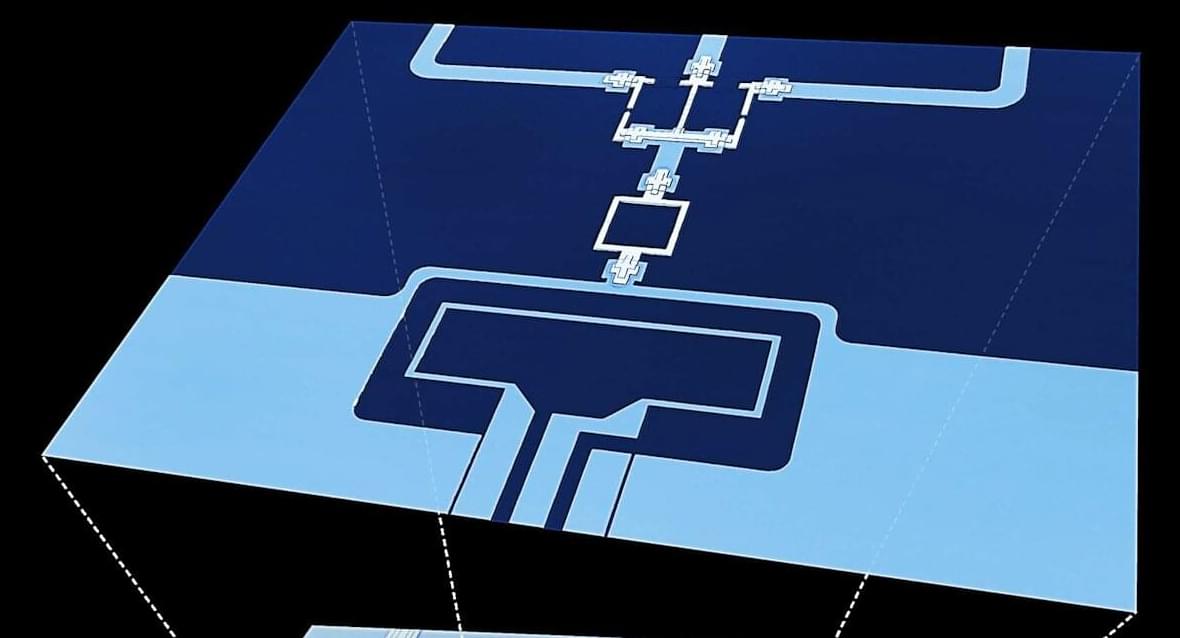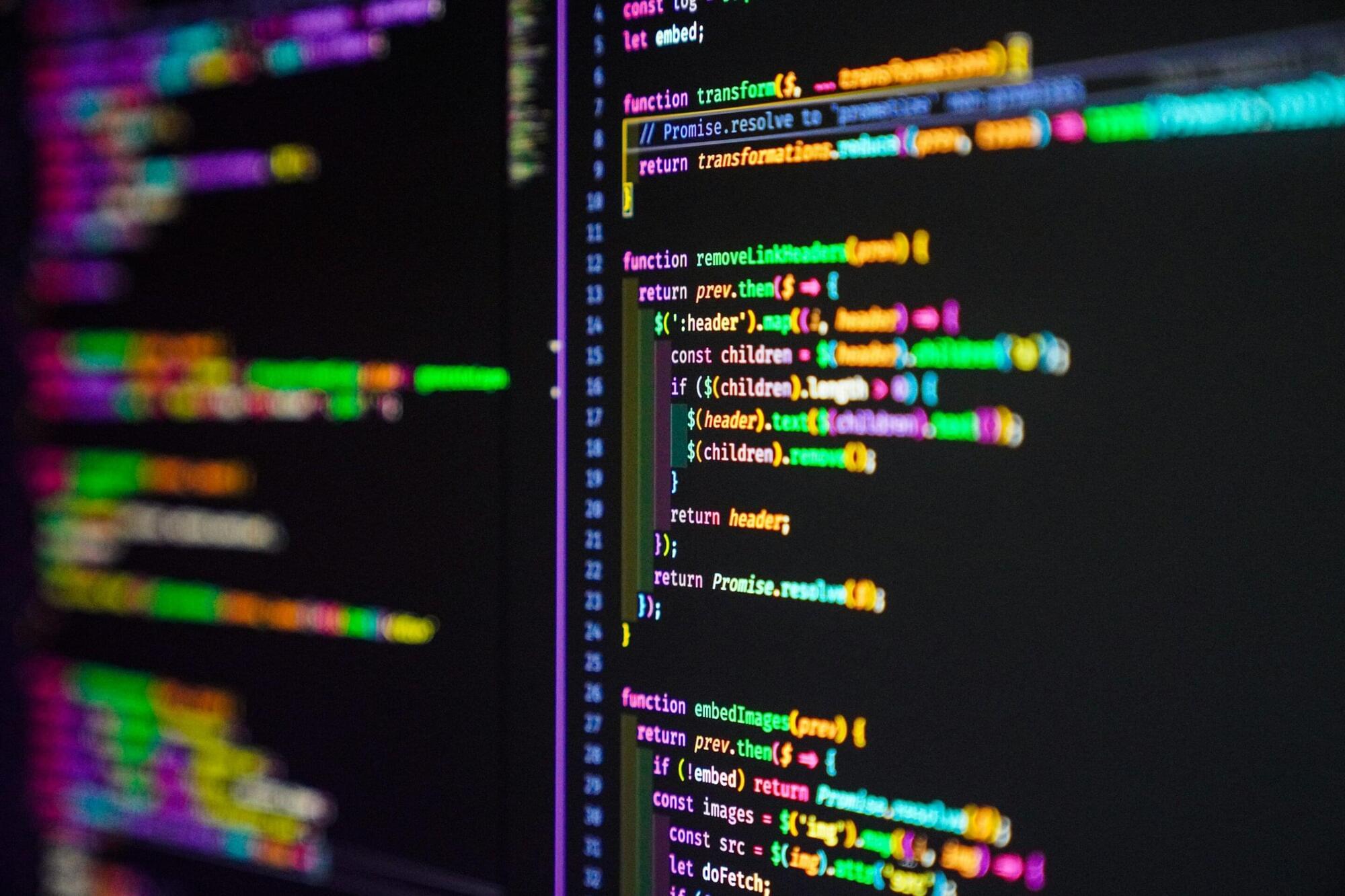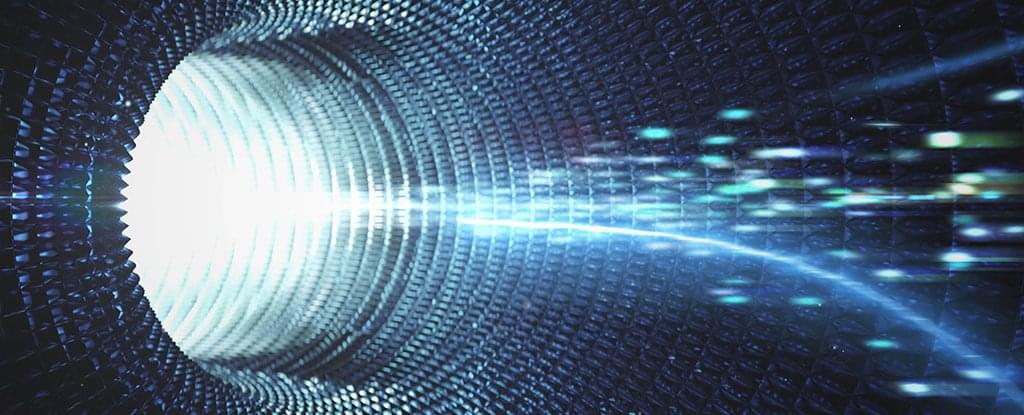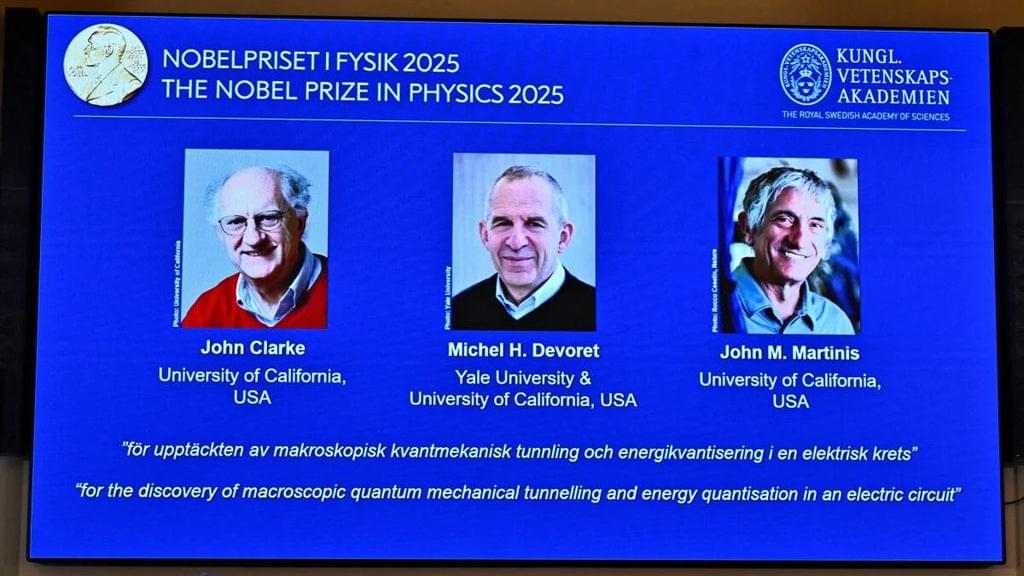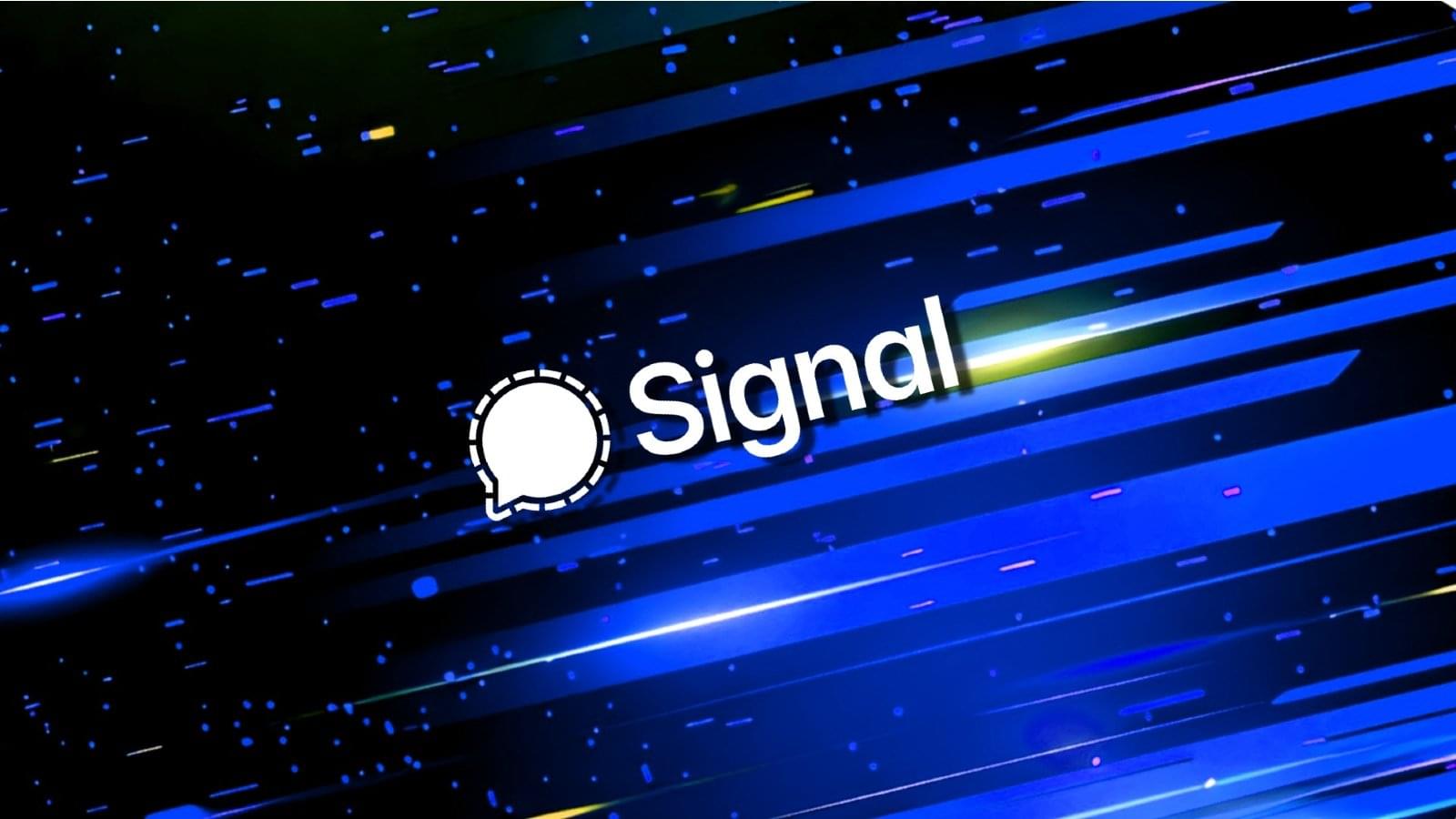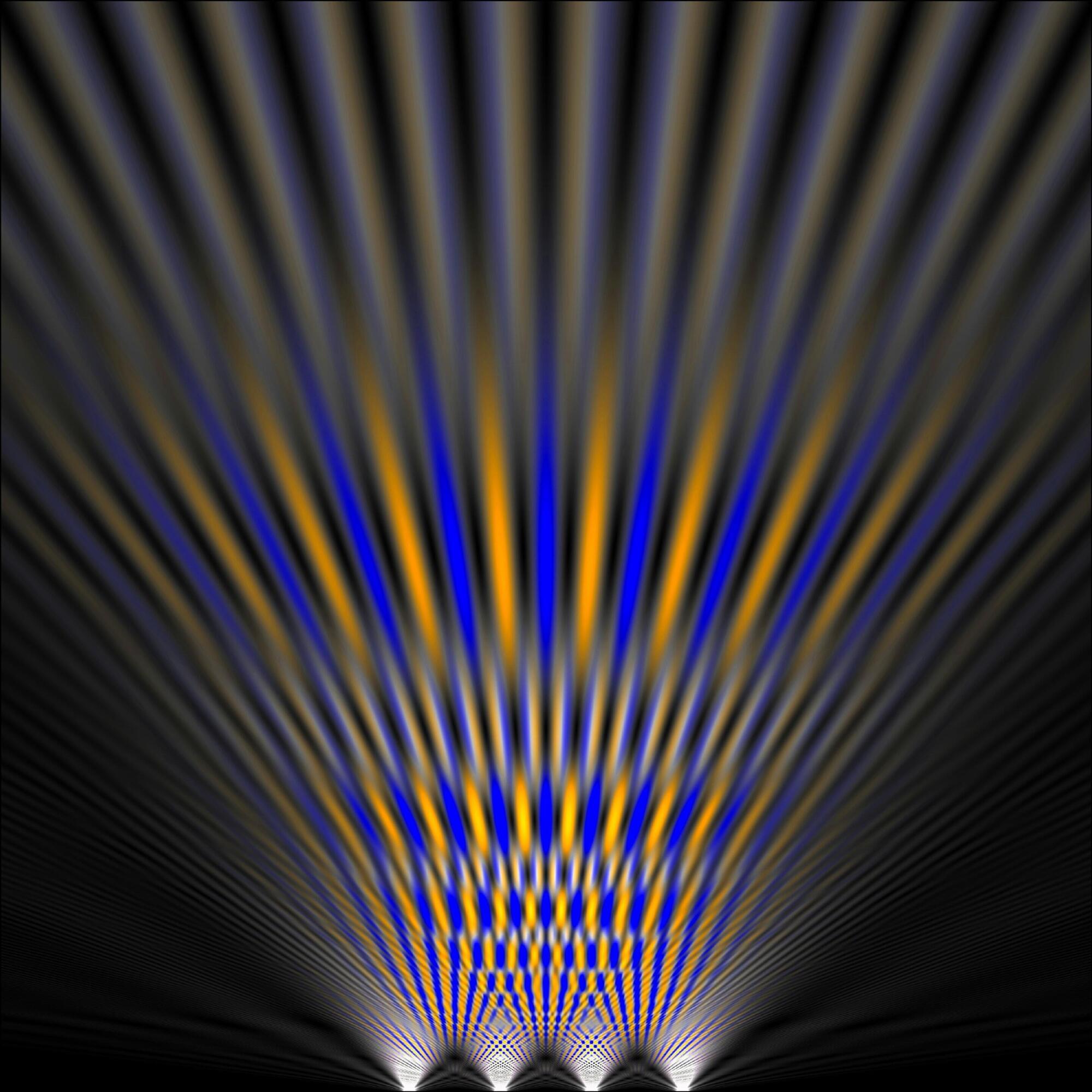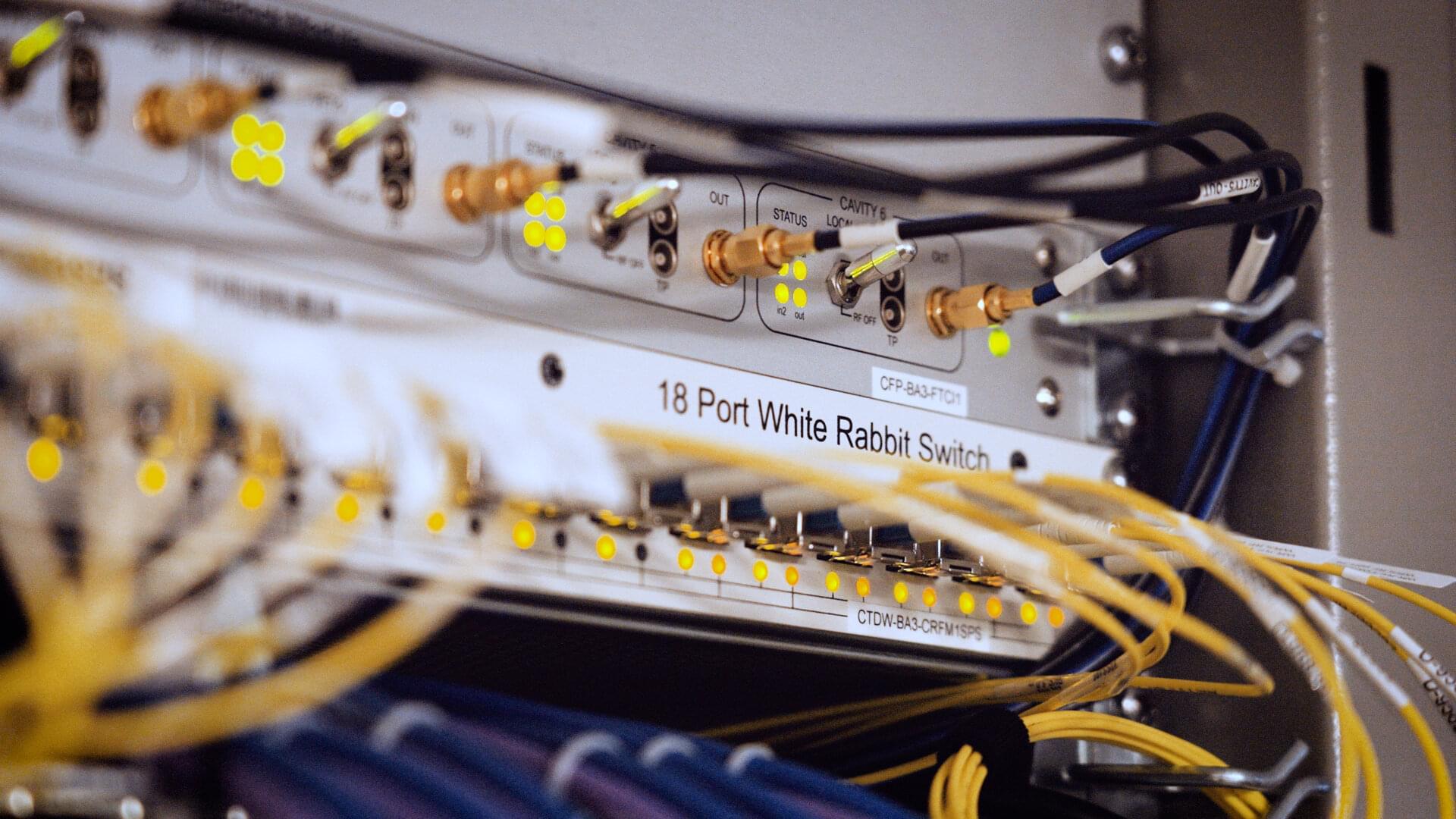The artificial intelligence (AI) boom has created unprecedented demand for data traffic. But the infrastructure needed to support it faces mounting challenges. AI data centers must deliver faster, more reliable communication than ever before, while also confronting their soaring electricity use and a looming quantum security threat, which could one day break today’s encryption methods.
To address these challenges, a recent study published in Advanced Photonics proposes a quantum-secured architecture that involves minimal digital signal processing (DSP) consumption and meets all the stringent requirements for AI-driven data center optical interconnect (AI–DCI) scenarios. This system enables data to move at terabit-per-second speeds with low power consumption while defending against future quantum threats.
“Our work paves the way for the next generation of secure, scalable, and cost-efficient optical interconnects, protecting AI-driven data centers against quantum security threats while meeting the high demands of modern data-driven applications,” the researchers state in their paper.

